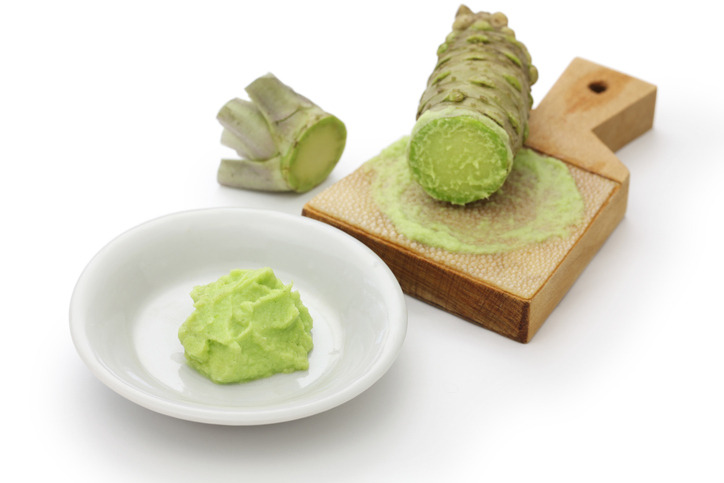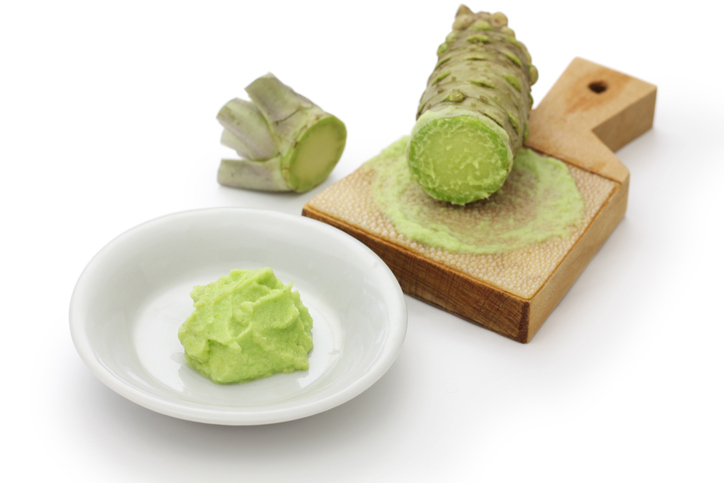What Is Wasabi?
This question might seem like it has a simple answer. Wasabi is wasabi! It's that green stuff you get served on the side with your sushi — probably made from a Japanese plant or something. And that is somewhat true. Real wasabi (note the distinction) is a paste ground from an herb native to Japan.
The 7 Most Often Mislabeled Fish at the Market Gallery
The plant species, called Wasabi japonica, is in the same family as horseradish and mustard. Just like those other condiments, wasabi paste gets its sharp, spicy taste from the root of this plant family.
The burn is short and sweet, travelling through your sinuses and igniting the senses. Its aroma is so intense that Japanese scientists have been working on a fire alarm for people who are deaf that uses the scent from wasabi to wake people quickly from deep sleep.
Some traditional Japanese sushi restaurants will grate the wasabi plant fresh when ordered, forming a paste. True wasabi roots are difficult to grow, and a pound can cost up to $100. Unlike other spicy foods such as chile peppers, which get their spice from their inherent oil capsaicin, the wasabi plant releases a series of spicy vapors when grated. This must be done just before the paste is served, since wasabi loses its scent within minutes of being grated.
Most establishments just don't have the funds (or the time) to serve authentic wasabi plant with their food. So the stuff you're eating at your neighborhood sushi restaurant is not real wasabi. What is the "wasabi" you're served at a sushi restaurant, then?
A substitute for authentic wasabi is often made by combining mustard, horseradish, and food coloring. Both horseradish and mustard are somewhat related to the wasabi plant, and their spiciness stems from similar chemicals, making them decent substitutes. The coloring gives the paste the quintessential light green hue — and fools most American consumers. The taste of this imposter wasabi is slightly sharper, whereas true wasabi will taste smooth.
A little wasabi (of any kind) goes a long way. Some people like to dip only the ends of their chopsticks in the wasabi, while more daring diners may mix their wasabi with soy sauce to create a hot dipping sauce, known as wasabi-joyu. Do not attempt to eat large portions of wasabi in one sitting, though — it can actually be physically painful, and one mother who fed her child wasabi was even accused of child abuse by many horrified observers.
But despite the fake nature of the wasabi you're served with your California roll, there's no reason to be alarmed that your wasabi isn't real. You'll still get that kick of spice you were looking for. If you're feeling especially adventurous, you could always try one of the hottest hot sauces in the world — those, rest assured, are made from some very real hot peppers.

